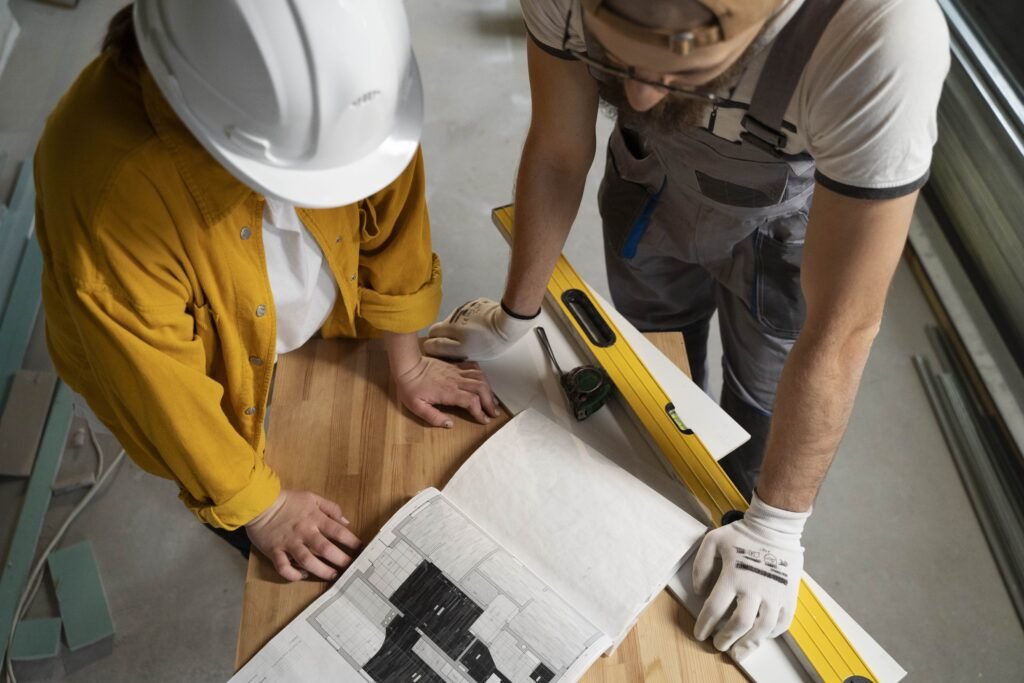Taking on a DIY home renovation can be an empowering and cost-effective way to enhance your living space. Whether you’re refreshing a single room or tackling a full house transformation, doing it yourself allows for creative control and personal satisfaction. However, to ensure success, it’s essential to plan carefully, work within your skillset, and follow UK regulations where necessary.
Why Homeowners Choose DIY Renovation
DIY projects have grown in popularity as more people look to save money and personalise their homes. From repainting walls and installing new flooring to building custom storage or upgrading a bathroom, homeowners across the UK are transforming their spaces without hiring full-time contractors.
Beyond cost savings, DIY home renovations offer a sense of accomplishment. You’re not just improving your home—you’re building hands-on experience and increasing your property’s value.
Planning Is Everything
A successful DIY home renovation starts with a solid plan. Begin by assessing what needs improvement and decide which tasks are realistic for your skill level. Minor cosmetic upgrades like painting, tiling, and flat-pack furniture assembly are often beginner-friendly.
For more technical work—like electrical wiring, plumbing, or structural changes—it’s essential to follow UK Building Regulations and consult a qualified professional when needed. You can find guidelines on what work requires approval on the UK Planning Portal.
Here’s what to consider when planning:
-
Budgeting: Set a realistic budget that includes tools, materials, and unexpected expenses.
-
Timeline: Be honest about how much time you can commit.
-
Tools & Safety: Invest in proper tools and follow safety protocols, especially when using power tools or working at height.
Know When to Call a Professional
One of the keys to a successful DIY renovation is knowing your limits. While it’s tempting to do everything yourself, some jobs—like gas fitting or rewiring—must legally be done by certified professionals. Hiring help for complex parts of the project ensures safety, compliance, and quality.
A hybrid approach works well: you manage the bulk of the work and hire tradespeople for critical tasks. This way, you save money without compromising safety or standards.
Tips for a Smooth DIY Experience
-
Start Small: Begin with simple projects like repainting or upgrading fixtures.
-
Watch Tutorials: Online videos from reputable UK-based DIY channels can guide you through step-by-step processes.
-
Keep It Legal: Always check if planning permission or building regulation approval is required.
-
Document Your Progress: Before-and-after photos not only keep you motivated but can also increase resale appeal.
Final Thoughts
A DIY home renovation can be a fulfilling journey when approached with the right mindset and preparation. By combining creativity, careful planning, and respect for professional boundaries, you can transform your space affordably and confidently. Always prioritise safety and don’t hesitate to seek help for specialist tasks. With a balanced approach, you’ll turn your house into a home—one project at a time.







